I’ve often thought that this is perhaps both the easiest and hardest subject to shoot, and shoot well. It’s also the most accessible human documentary subject for all of us, and almost always one of the chief motivations underlying our own photography. As I head into 2016, and with an increasingly active young daughter, I’m personally finding myself pointing the lens at her – as is the same for any parent, I think. Yet unlike with other forms of social or commissioned documentary photography – I find it much harder to make an image I’m happy with, even though the subject matter means more to me personally than any of my other work (to which I think most pros in the audience will agree, too). And it’s not because toddlers are fast and active little humans; I think it’s got to do with subject familiarity and some principles that also underpin quantum mechanics. Have I completely failed to make sense yet? Let me try a little harder…
Family are both familiar and intimidating as subjects. Familiar because you don’t have to worry about hostile responses from strangers; intimidating because you’re probably a bit more aware of intruding into personal space, and you still have to deal with them later on a non-photographic basis. But they’re also far more likely to cut you some slack when it comes to eccentric behaviour and strange requests for poses or repeat actions. Eventually – and it generally doesn’t take long – one or more of three things happens: 1. they ignore the fact you’ve got a camera permanently around; 2. they notice when you don’t have the camera, and 3. some of them may start asking to see the pictures (or asking for more pictures for social media if you’ve already shared them). You may also find yourself drafted into events like weddings and births; you have been warned.
Looking back, I think it’s the first transitional period where you’re getting comfortable with them as subjects and them with you as active observer that’s the most difficult or awkward to handle; that period can be shorter if you’re already a confident photographer or strong personality. It’s also where some of the more interesting images are made: some of that slightly hesitancy of emotion might come through, too. Unfortunately, said images often aren’t very representative of ‘normalcy’ since everybody is acutely aware they’re under scrutiny.
It’s also the point at which we have to ask ourselves exactly what we’re trying to do here, or risk falling into what I think of as the ‘street-photography-is-random-snapshots-of-people-on-a-road’ trap: the images still have to say something in order to be memorable to the audience, even if the audience is already heavily biased and predisposed towards the subject matter. You don’t want to be photographing every single moment – even if said moments might not be repeated – but nor do you only want to be photographing vacations, birthdays and weddings. Neither is a good representation of reality. Personally, I struggled with this question for quite a while, but ultimately, I think it boils down to this: what moments do you want to remember? They have to be significant to the audience – which is primarily still going to be the creator, in this case – so you must have some emotional skin in the game. Bias is not a bad thing, since the biases of the audience match those of the observer (subject’s opinions notwithstanding).
In reality, what we’re trying to do is make a continuous and spontaneous record of the moments we’re party to. This of course means that we have to be simultaneously in the moment and not; it’s a tricky balance to hit. If you’re a participant, you lack the slight distance that improves objectivity as an observer; if you’re an observer, you lack the intimacy and nuance that a participant would have. And worse still, you land up not really taking part in your own life. This is a continuous debate: do you want to experience something in full force but the transient now, or record it to experience it with somewhat diminished intensity – but at leisure and repeatedly – later? We would, of course, like to have both. Perhaps one day there’ll be a halfway decent POV camera that we can use for this – I’ve always thought Google Glass showed the most promise in this area, but the camera was at best mediocre and development is now terminated. It was perhaps the only way to experience and make a transparent, first-person perspective record of an event or moment.
I put it down to communication: we signal to others with our eyes, and we look to the eyes of others for signals just as they look to ours. Nonverbal communication is as critical as verbal, and most expression goes through the face. But if we’ve obscured our faces with a large camera, then we become somewhat inhuman and inscrutable because that two-way link is broken; arguments supporting other non-eye-level formats often cite this reason. I’m inclined to agree, for the most part – for commissioned portrait work, I find that going through the motions with the camera to your eye is almost expected, and once that ‘formality’ has passed – you can shoot at will as you carry on a conversation with the subject, with everybody a bit more relaxed and emotions more natural. Invariably, the best images come out of this part of the session. The same thing is true with people you know, too: there’s a high degree of self-consciousness in front of a camera simply because we know it reflects ourselves; most of the time you can even see it in the lens. But if it’s deprioritized and the subject’s attention is held by another person, then things tend to be a lot more natural. I actually find LCD cameras – yes, held at arms’ length and not blocking the face help here, as does the waist level finder of my Hasselblad V.
Photography on such an intimate scale has always been a bit like quantum mechanics, too: the closer you get, the more you influence the outcome by trying to measure or record it. If you’re photographing your family from a distance and they’re not aware of you, then they’ll probably continue to behave as normal – and whatever silly things they might have been doing that caught your attention in the first place will continue. However, if you try to get closer and focus solely on a tight closeup of that particular facial expression, unless they’re extremely comfortable with you – and even then – chances are, the moment is gone, and you’ll land up with something else entirely. I think there’s probably some degree of optimum ‘separation’ between observer and subject depending on the your intention for the outcome: if it’s purely as a fly on the wall, keep your distance. If it’s a record of not so much the other person as the relationship between you and them, then get as close as possible. Interference isn’t necessarily a bad thing, nor is subjectivity.
I’ve not talked that much about the underlying tool set since it doesn’t really matter too much; use whatever you have to hand, for the main reason that spontaneity takes priority over everything else; you’re probably not going to need the technical quality for massive exhibition prints anyway. If you delay or get a reenactment – you might get a better technical image, but an emotionally weaker once since what you’re seeing is no longer an immediate/instinctive reaction. (Yes, I’m talking about soul here.) So long as there isn’t a massive delay between noticing and capture, the tool is probably good enough. I use my iPhone as much as the Hasselblad and everything else in between; if anything, more heavily weighted towards the former. Shooting envelope is far more important than absolute quality: often the most interesting moments tend to happen under photographically inconvenient (read: quickly, and dark) situations. Perhaps the next generation of multi-camera computational photography phone modules might be what we need; as much as the larger cameras are more than good enough, you’re hardly going to be carrying one with you all the time. Personally, I’ve been trying to make images that are a bit less literal than the usual ‘subject-first’ type documentary; this is relatively recent and I don’t know if I’m going to regret this later.
I’d like to end by thinking a bit about presentation and the audience. Though most of this stuff is probably going to land up on social media somewhere, I think the real question of curation is whether we as the artist would want to spend time viewing it again in future: if the answer is no, then it’s probably not an image worth keeping. We can probably boil down the interesting, unique and significant moments in a year to not more than hundred or so images – assuming one is photographing regularly. Anything more is probably too many to remember and contemplate, even as an invested viewer with a solid memory of the event. The risk of course with this kind of photography is one of visual diarrhoea: anything and everything and the good stuff gets lost with the mundane. Objectivity in curation is of course nigh on impossible; probably the most useful piece of advice I can give is not to ask the opinion of the subject… MT
__________________
Visit the Teaching Store to up your photographic game – including workshop and Photoshop Workflow videos and the customized Email School of Photography. You can also support the site by purchasing from B&H and Amazon – thanks!
We are also on Facebook and there is a curated reader Flickr pool.
Images and content copyright Ming Thein | mingthein.com 2012 onwards. All rights reserved
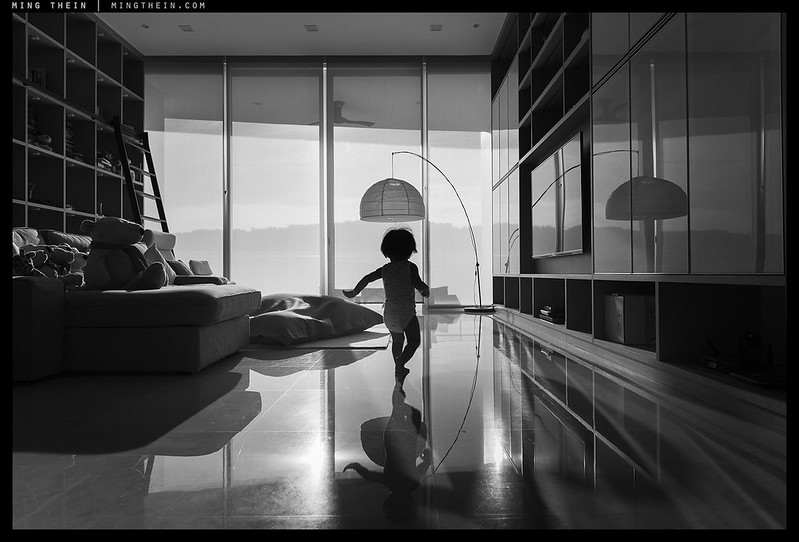
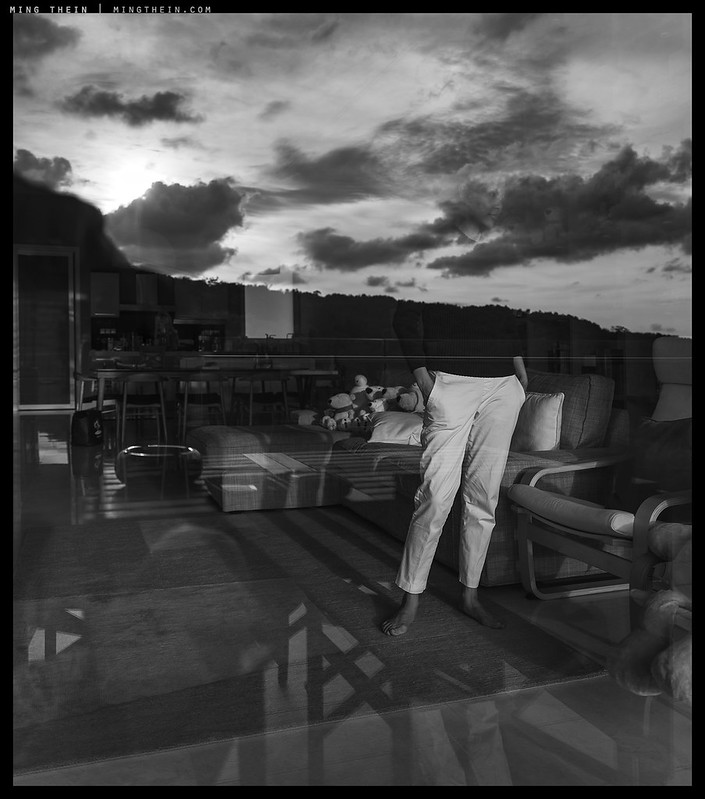
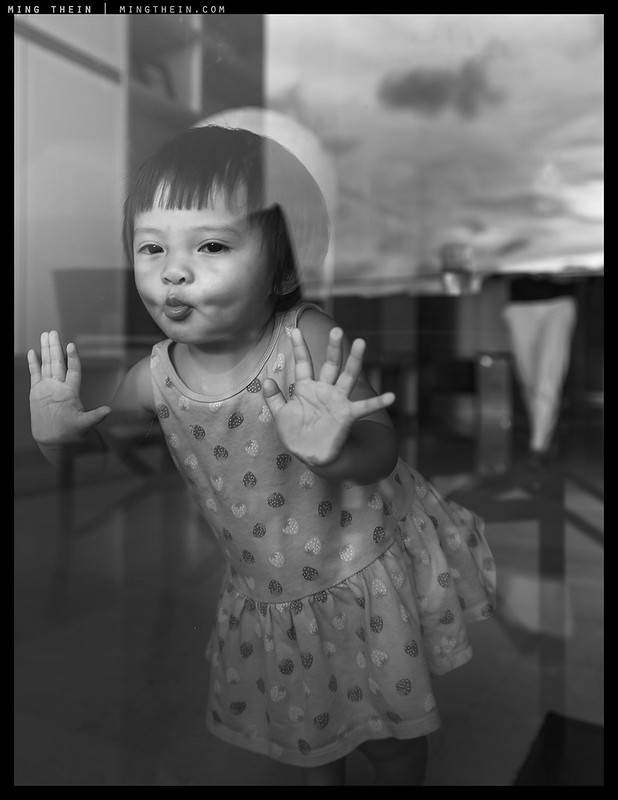
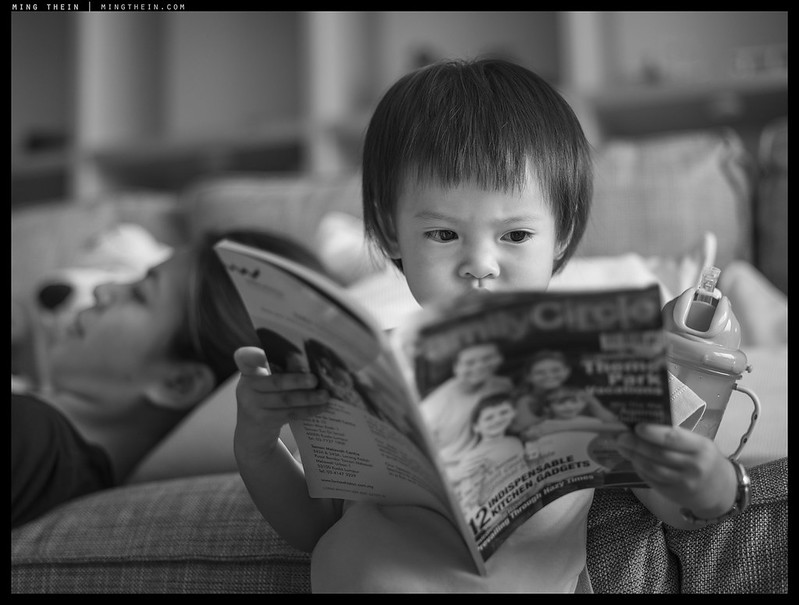
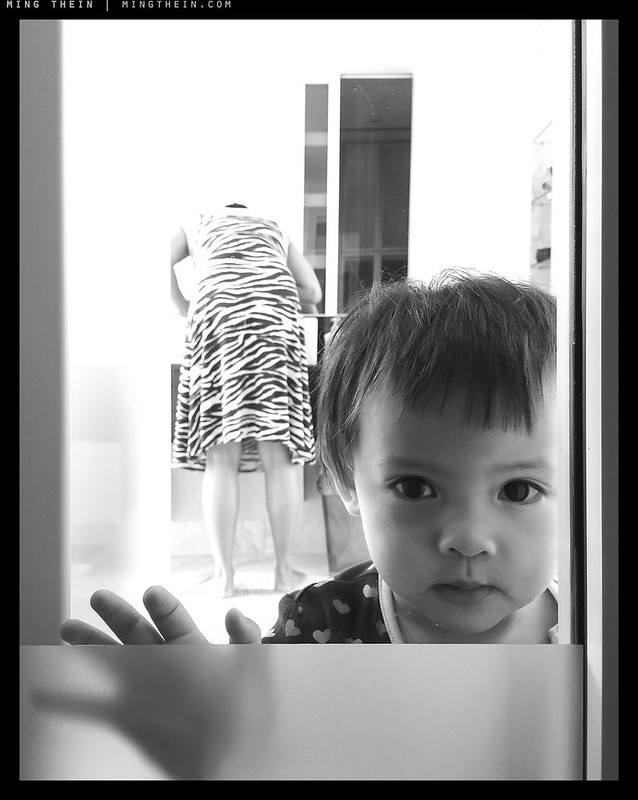
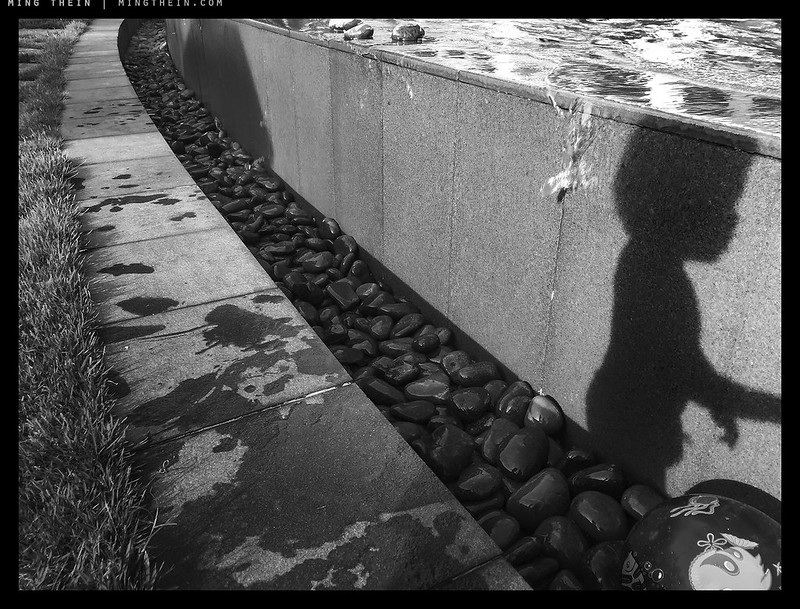
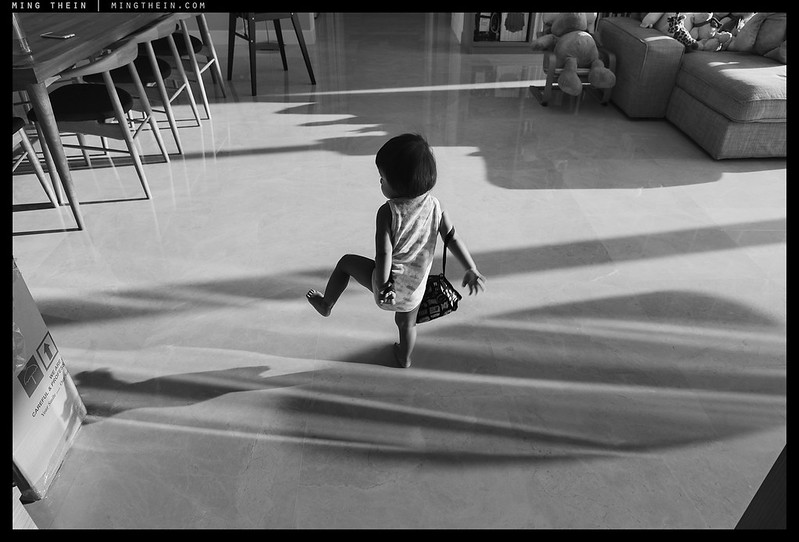
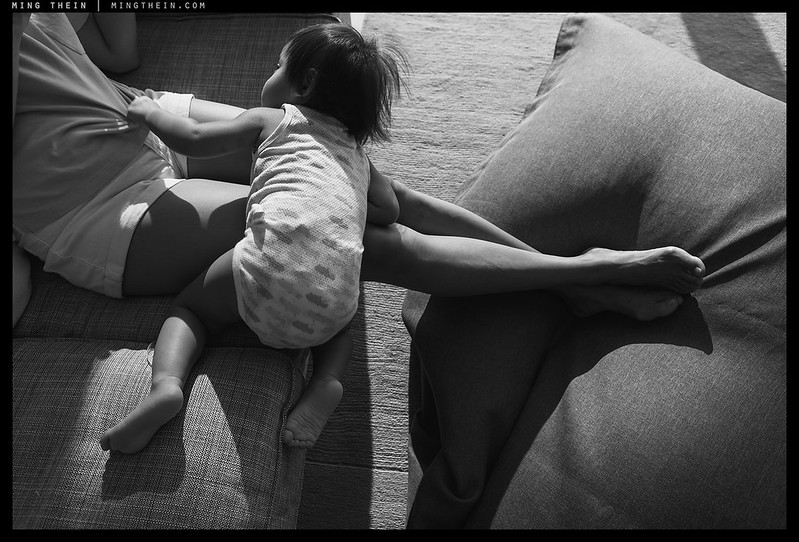





Thanks for sharing this with us Ming. I have a young daughter too, and really feel this conflict between being observer or participant (I guess we all do). These photos are wonderful and a real inspiration. And you have a beautiful home, and thus an excellent background, when you choose to show it. (I’m struggling to make wall-to-wall toys look good…)
“And you have a beautiful home”
Benefits of being an interior photographer include knowing what NOT to show! 😉
“and thus an excellent background”
Ditto above…
“I’m struggling to make wall-to-wall toys look good…”
And that’s a case of curating them to one room! 😉
Ming,
So many thoughts… Randomly: I regret that in the 10s of thousands of pictures I have taken of my children and other family members, I am probably in less than 50 as a participant. It gets to be too easy to become “the photographer” that everyone expects to be there, but also appreciates, at least in my case. They think the camera is glued to my face. Very little that was posed has really pleased me; when I am ignored the results can be wonderful – except for being ignored and left out. I will say that my nine year old daughter is starting to pose very naturally for me and I am getting some good results. That is, when she is not being difficult. My biggest technical issue is probably the most expected. Getting the camera set up (D800E) for the light, ambient or otherwise takes too much time. I guess it’s just not the reflexive action that good photographers develop. And the result is that I do miss things I would like to have captured. My iPhone solves some of this, but I really do like the result with the D800E is set up correctly. I will say that my hit rate has improved considerably of late, so maybe there is some hope.
One final note. To repeat PLEVYADOPHY, your little girl is gorgeous!
The best to you and your family,
Carlos
This has been me in the past: I really don’t want it to be either my memory or perceived purpose in the future…especially with my own daughter.
The little girl is extremely stubborn and opinionated. And she’s not yet two, which scares the hell out of me 😛
Brilliant. Can I also add few comments on presentation. All these captured moment go waste (well not fully) if they are not shared and enjoyed. I have found two methods that work best for me. First is printing them in reasonable size for wall frames and keep rotating them time to time. Another is doing photobook print (usually once a year) that becomes part of coffee table collection. This allows other family members to appreciate what you are doing and makes them co-operate being subject.
Note: You still have teenagers telling you “leave me alone”, that’s why do all your photography when they are young. 🙂
🙂
Simply brilliant (thoughts and pics)! For me to write more would dilute the message. You continue to inspire, motivate, and educate. Thank you.
Thanks!
In 50 years you may/will still remember the moment and reason you made the image, For your daughter it will be a “Thanks Dad, I don’t remember doing that.”
But in the intervening 50, it’ll be “Dad! Why did you have to photograph me doing that?! It’s sooooo embarrassing!” 🙂
Keep enjoying her while you have her! Each moment is precious and fleeting!
Another thoughtful, timely, and well written article! Thanks!
Thanks!
That`s one thing which all photographers have in common, from highest paid professionals to causal sunday shooters, taking pictures of their small kids.
If they have kids. Otherwise society has automatically decided they must be paedophiles. 😦
Great article. I am a serious photography hobbyist and father of two young kids. I rarely get to go on photo-dedicated excursions. That means most of my photography is of my children with occasional landscape/travel photography when on trips with the family. First, this “type” of photography requires that I am able to shoot quickly and yield the optimum image possible; so I am always learning and experimenting at home so I can make those occasional trips to Yosemite count! Second, curation of photos of my kids down to ones that I print are very few but I must say that when you nail the expression and soul of your children in a beautiful environment with a technically correct capture… it is oh-so-sweet and rewarding. It’s enough to keep my trying for the next one. Thanks Ming!
🙂 Don’t forget to be a part of it, too*.
*I am NOT advocating selfie cameras.
The decisive moment is all that matters when capturing moments with your daughter. Just take the picture and have it. Don’t get to technical or to focused just take the picture.
“The decisive moment is all that matters when capturing moments with your daughter. “
Yes and no, and the last article explained why (though for somebody you can observe most of the time, perhaps it’s less valid)
“Don’t get to technical or to focused just take the picture.”
This is the bit most people don’t get: all of the shot discipline and compositional hygiene stuff is a subconscious reflex for me. I don’t have to consciously think about it; if anything, I’d have to think hard to not be disciplined. And that would take concentration away from observing the subject 🙂
Favorite point: “And worse still, you land up not really taking part in your own life”. Thanks for sharing these beautiful images of your life.
No problem.
As usual a neat article Ming, but this one is more pertinent to me than usual because my son’s about the same age as your daughter. I got into photography Seriously (with an interchangeable lens camera -a6000 – and all) at the wife’s request when Michael was in the oven. I’d always been getting snapshots of our nieces but in the intervening 2.5 years since the wife’s request, I’ve become more serious and dedicated to the point where photography’s my principal hobby (and I’ve had a little paid work too). But because I’m so into getting an image I’m technically proud of, I too-often remove myself from the scene as I look for The Shot, which I then regret from not being a part of him being silly with blocks or his stuff animals or what have you.
“It’s also the point at which we have to ask ourselves exactly what we’re trying to do here, or risk falling into what I think of as the ‘street-photography-is-random-snapshots-of-people-on-a-road’ trap: the images still have to say something in order to be memorable to the audience, even if the audience is already heavily biased and predisposed towards the subject matter.” Oh my yes. I’ve cut back enormously on what photos I post over the last few years, but I’m always proud of the photos I post now, when before I was posting stuff because I thought the grandparents would enjoy them. The trick has been to cut back on what photos I take.
Silly as it was, I think The Secret Life of Walter Mitty isn’t a bad take on this subject.
🙂 Putting in as much effort as we can to get to the point we don’t have to…ironic, no?
All my family want is a rectangle with something that they recognise, usually smiling, in the middle. My candid shots of people looking how they actually look aren’t really approved of. It’s definately a bone of contention. The philosophy of which they’re not interested in.
I know they will thank me for my efforts in 20-30 years time though.
Though as a side note ive started getting into film making with personal stories over still single images. Its a much more versatile story telling and documentary medium. You can really move people. I don’t think ive ever brought someone to tears with a still image.
That’s all my family wanted when I started, and all I can say is I’m glad I didn’t listen 🙂
Filmmaking – is another level of investment in time and effort; I don’t honestly have that most of the time, so not for now. I did dabble with it last year – but all of my raw material is still sitting yet to be viewed!
I always try to do both –that is, have some photos of the event that I’m happy with, that are more than just snapshots, and also engage in the event myself. I might only get 1 or 2 interesting shots rather than 5 or 6, and I’ll never know what I missed, but at least I was there and “with”the important people in my life rather than just in the same room as them.
Perhaps it’s my personality, but somehow going halves bothers me – I’d rather be all in as participant or all in as photographer…
It’s my way of coping with wanting to do both I think. Jack of all trades and master of none!
ROTFL – well you certainly picked THAT one, Ming – a VERY popular topic, and you’re rightly drowning in the comments you invited on your head! 🙂
Genius is almost always plagued with self-doubt – perhaps self-criticism is the spur that pushes you to heights the rest of us can only envy, while we plod along doing our “thing”. Eight stunningly great shots, and I can’t even say which one I like best, because as soon as I try to, I spot one of the others and then . . .
I can only hope you aren’t a bit like my buffoon of a brother. He imagines he’s a good photographer (he shoots Leica, so of course that means he MUST be a good photographer), but God help you if he decides he wants a photograph of you. You could almost die of starvation, waiting for him to decide it’s “right to go” and press the shutter button – and he expects you to just stay still, the whole time. (I clocked him once – around 70 minutes !!!!) And you CANNOT expect co-operation from family, if they are treated like that.
I know it’s shameful, but I’ve always opted for a sort of candid/street ‘tog approach – keep the camera out, fool with it, and keep my eyes trained on my quarry – so the instant all the planet line up, I can shoot the pic I want. All those things like S/A/ISO/light colour are kept nailed down while I “fiddle”, and focus is either AF or pre-set (with fingers crossed – LOL). I just want to be dead set ready, when I get my moment. And what’s shameful about it, is there’s an element of wastage – not every shot is a keeper, usually the majority aren’t. I do, however, come home with the bacon, if I work it hard enough.
I just disappear into the background. Sometimes I’ll have an idea for something I want to try, but I certainly won’t expect you to die of starvation while I do it – and only ever with wiling participants. 🙂
Dear Ming,
Two things.
Firstly, your piece is spot on; articulating better than I ever could that which I was thinking in my subconscious.
Secondly, the little one, she’s gorgeous. 😄👍🏿
…And a little naughty hellraiser, too!
Touching the strings here Ming. I can just say a symphony of vibrant soulful images. Congrats.
Thank you, Gerner 🙂
Wow your photographs are amazing! They show true life in a beautiful and lyrical way!
Thanks!
thanks for sharing these intimate pics and thoughts with us, Ming. Personal and direct , pure and excellent.
Pleasure.
Having just come back from visiting my daughter and her grandson and looking at some of my pictures framed on the wall, I think you are doing it all wrong if you are worrying about how to make them. Yes, at the beginning you are going to overly influence the behaviour of your child but with time you will be accepted. Even if the camera evinces an instant smile later, what the hell. Just take them with love, and don’t ask me to define the word, and your children and children’s children will love you and your pictures.
Actually, I have the opposite concern: people now are so used to me with a camera I am assumed to be part of the background…
Spot on. It almost felt like I was reading my own description of the experience, complete with the reference to quantum mechanics. I was going to suggest it to you as I was reading and then, wham, you brought it up! I’m 61. I’ve had a camera documenting family and friends’ activities and portraits since I was five. I was the fourth generation of people doing this. I have the old medium format negatives and plates going back to the 1860’s in my house to prove it. I think you covered it as well as I’ve ever read anywhere else. When I’m out making portraits or candids I’m conscious that in many ways I’m simply making photos OF someone hoping that in my efforts I might get lucky and make a portrait that’s really about them. Because with family and friends, we’re really making photographs ABOUT them, us, ours, we, ourselves. It’s an ongoing story and one where sometimes the many dots won’t get connected until some weeks, months, years, even decades later. I consider it a great privilege to be one of those family and friend documentary photographers. Thanks for putting it down so eloquently.
Of late I’ve been putting down the camera and being in it instead; yes, perhaps I regret not having photos afterwards, but it’s a completely different experience. The question then becomes – are we recording for our own memory, or others? If our own…I can’t help but wonder if sometimes the experience is stronger if you’re fully in it rather than having to be reminded by the image. That said, there’s only so long one can go without shooting 😉
These are wonderful! I love the look of concentration in #4.
Thanks!
On your comments … “You don’t want to be photographing every single moment – even if said moments might not be repeated – but nor do you only want to be photographing vacations, birthdays and weddings.” … in my opinion, it is very subjective matter. If one wish to document the growing part of the kid, one may need a more collections of photos. Eventually as the kids grow older, the only moments which you get to photograph them will be either on family vacations, birthdays, weddings which comprises of gathering with other family members.
Taking family photos especially in documenting the kids growing up in phases, is very much private and personal interest. However taking family photos with the intend in social media sharing, then it will be very much like ‘advertisement’ photos shooting.
The point I was trying to make is that it’s difficult to be both observer and participant in significant events…in my experience, I’d say impossible to do both properly at the same time.
Yes Ming,
I find that when I fully engage that I later regret not having some snaps to when reminiscing with friends and family.
But then when I don my documentary photography hat, accompanied by all the “why don’t you take a break”, “why don’t you join us”, “are you enjoying yourself” comments I can often end up feeling like an outsider, a voyeur, at an event to which I have been invited to be a participant.
Precisely the same thing I’m starting to feel, and I think most of the time we rarely look at the output again anyway – so perhaps better to be part of it…